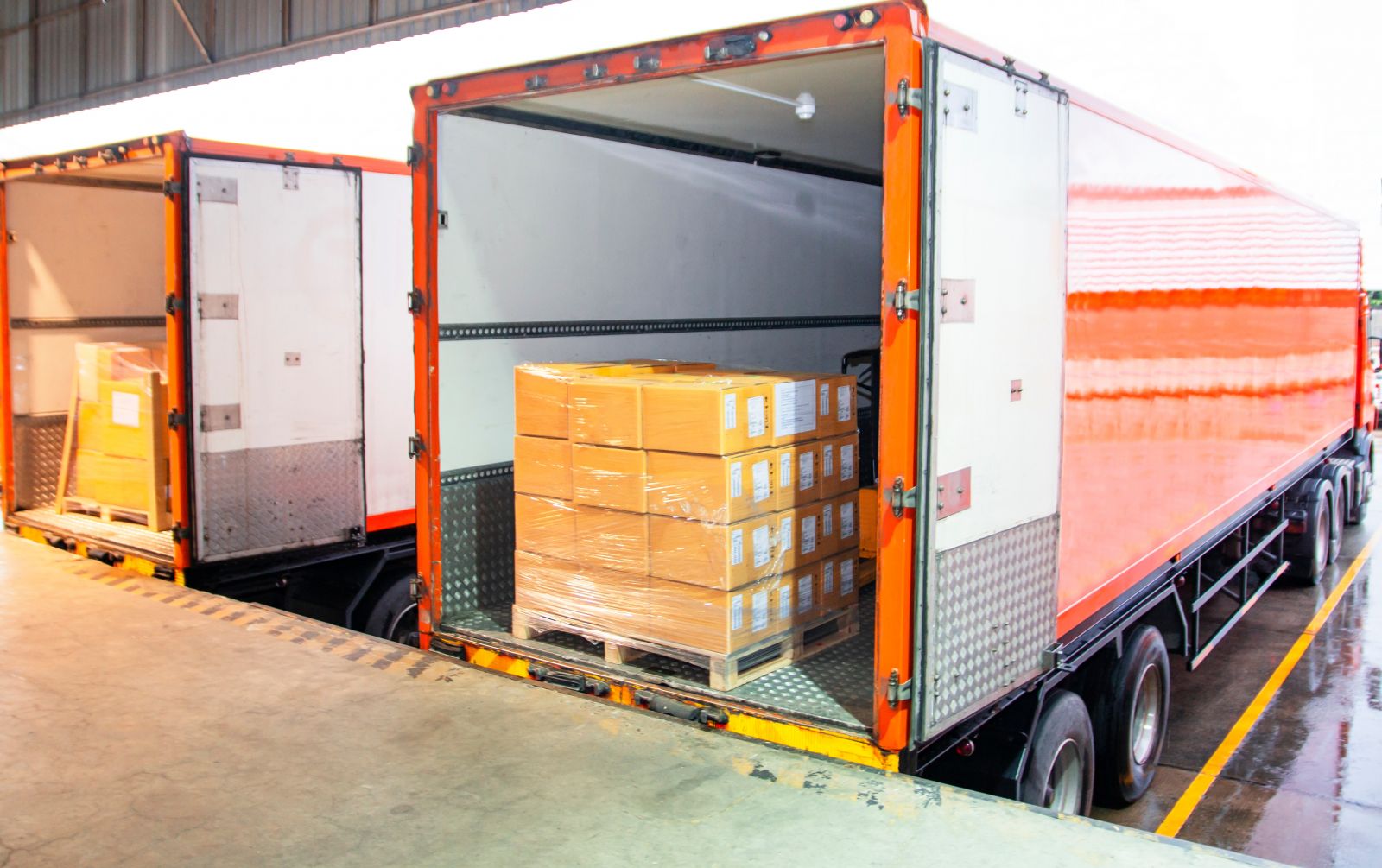
The efficiency of your warehouse can make or break your supply chain. As the Reliable Logistics Team, we understand that optimizing your warehouse isn't just about maximizing space—it's about streamlining processes, improving productivity, and ultimately, enhancing customer satisfaction. Here, we delve into next-level strategies for warehouse optimization that can significantly elevate your storage and distribution operations.
1. Leverage Advanced Warehouse Management Systems (WMS)
A robust Warehouse Management System (WMS) is the cornerstone of efficient warehouse operations. Modern WMS solutions offer real-time inventory tracking, automated picking processes, and advanced analytics. By integrating a WMS, you can:
- Enhance Inventory Accuracy: Reduce errors and discrepancies with real-time updates and precise tracking.
- Optimize Picking Routes: Automated route optimization minimizes travel time within the warehouse, increasing picking efficiency.
- Analyze Performance Metrics: Gain insights into operational performance and identify areas for improvement through detailed analytics.
2. Implement Automation and Robotics
Automation is no longer a futuristic concept; it's a present-day necessity for competitive logistics operations. From automated guided vehicles (AGVs) to robotic picking systems, automation can transform your warehouse by:
- Reducing Labor Costs: Automation handles repetitive tasks, freeing up human workers for more complex activities.
- Increasing Throughput: Robots and automated systems can work continuously without fatigue, boosting overall productivity.
- Improving Accuracy: Automated systems are less prone to human error, ensuring more accurate order fulfillment.
3. Optimize Layout and Space Utilization
Maximizing your warehouse space involves more than just stacking products higher. An optimized layout considers the flow of goods, employee safety, and accessibility. Key strategies include:
- Adopt a Flexible Layout: Implement modular shelving and racking systems that can be adjusted based on current inventory needs.
- Utilize Vertical Space: Use vertical racking systems and mezzanines to fully exploit your warehouse's cubic capacity.
- Designate Fast-Moving Zones: Position high-turnover items near shipping areas to reduce picking time and enhance efficiency.
4. Enhance Inventory Management
Effective inventory management is crucial for minimizing costs and meeting customer demands promptly. Advanced strategies for inventory management include:
- Just-In-Time (JIT) Inventory: Reduce excess inventory and minimize storage costs by receiving goods only as they are needed.
- ABC Analysis: Prioritize inventory management efforts by classifying items based on their importance and turnover rates.
- Cycle Counting: Conduct regular cycle counts to maintain accurate inventory levels without the disruption of full physical counts.
5. Improve Employee Training and Safety
A well-trained workforce is essential for efficient warehouse operations. Investing in employee training and safety programs can lead to:
- Higher Productivity: Skilled workers are more efficient and less likely to make errors.
- Enhanced Safety: Safety training reduces the risk of accidents, which can cause delays and increase costs.
- Employee Satisfaction: Ongoing training and development opportunities can improve job satisfaction and reduce turnover rates.
6. Streamline Communication and Collaboration
Efficient communication is vital for a smooth-running warehouse. Implementing integrated communication tools can:
- Facilitate Real-Time Updates: Ensure all team members are informed about inventory levels, order statuses, and operational changes.
- Enhance Coordination: Improve collaboration between different departments, such as receiving, picking, and shipping.
- Reduce Delays: Quick resolution of issues and better coordination can minimize delays and enhance overall efficiency.
7. Sustainability Practices
Incorporating sustainability into your warehouse operations can not only reduce your environmental impact but also improve efficiency. Sustainable practices include:
- Energy-Efficient Lighting: Use LED lighting and motion sensors to reduce energy consumption.
- Eco-Friendly Packaging: Implement recyclable and reusable packaging materials.
- Waste Reduction: Adopt practices that minimize waste, such as recycling programs and efficient inventory management.
Conclusion
Optimizing your warehouse involves a combination of advanced technology, strategic layout planning, effective inventory management, and continuous improvement in employee training and safety. By adopting these next-level strategies, the Reliable Logistics Team can help you achieve a more efficient, productive, and customer-focused warehouse operation. Embrace these innovations to stay ahead in the competitive logistics industry and ensure your warehouse is a hub of efficiency and excellence.